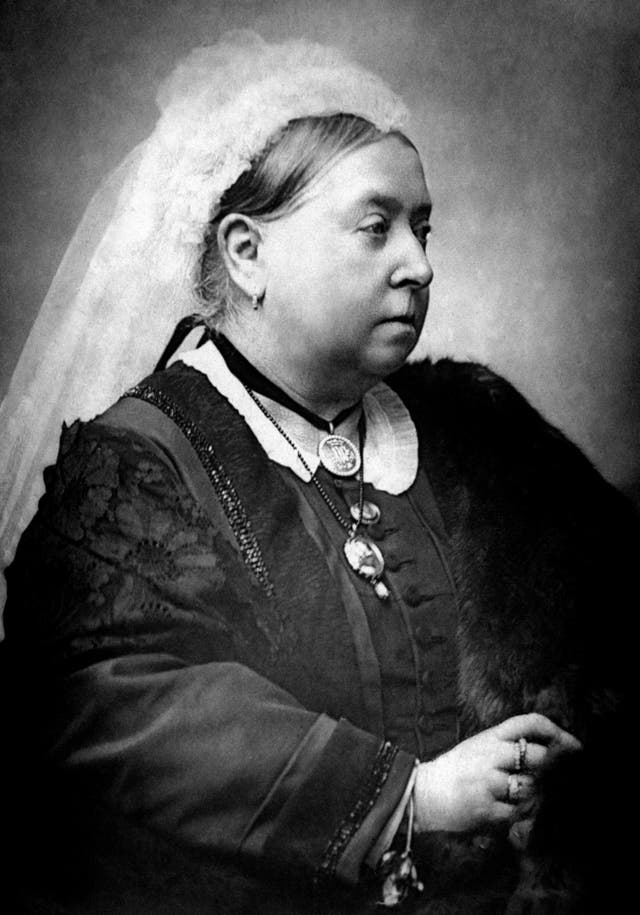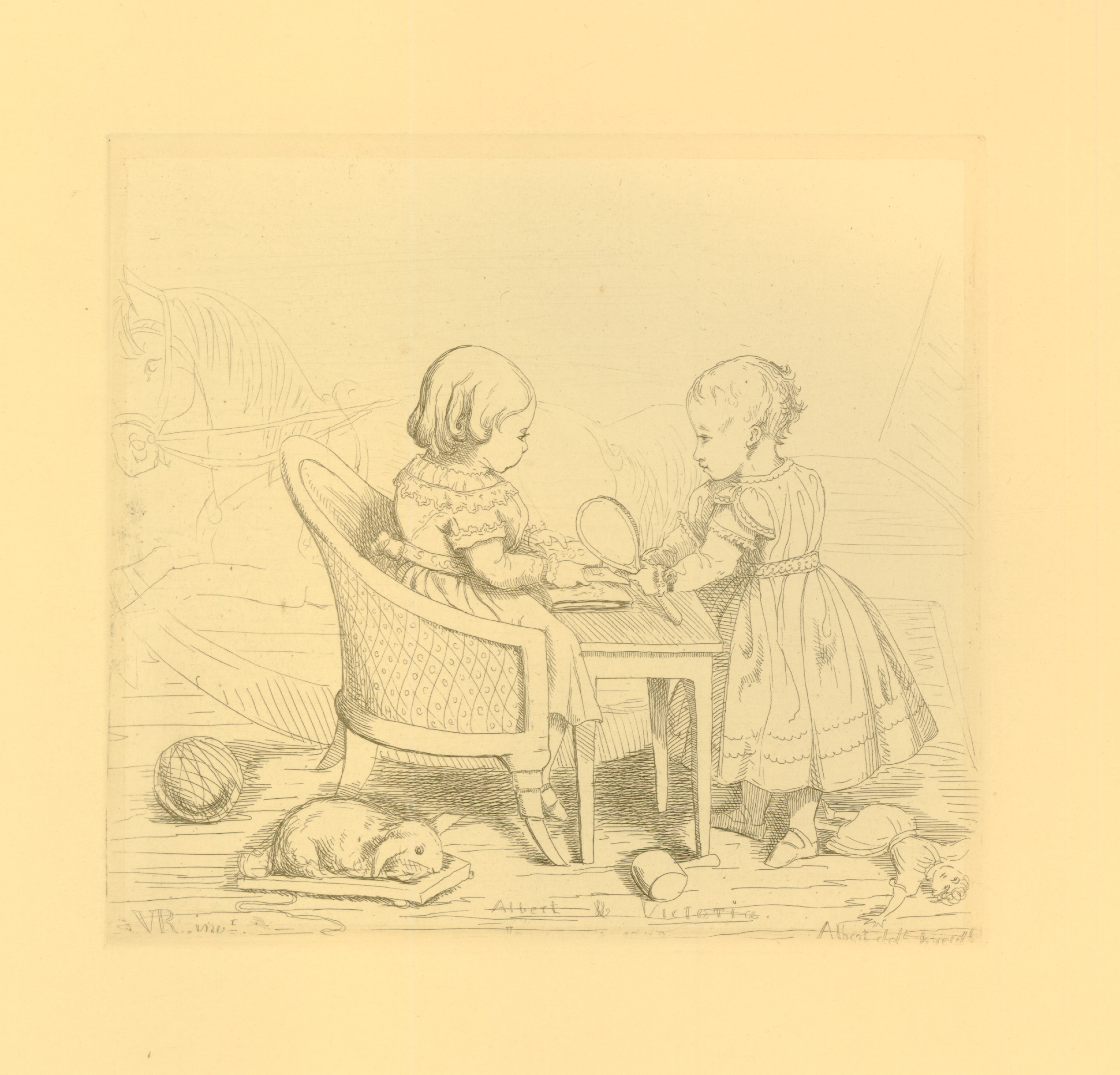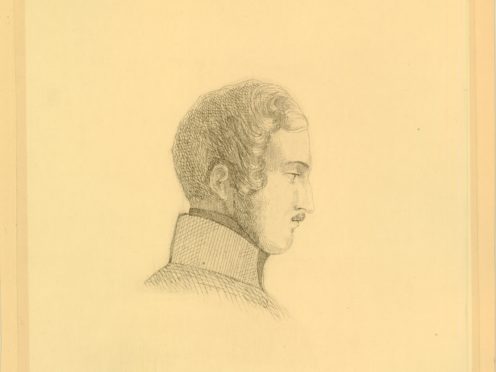Rare etchings made by Queen Victoria and Prince Albert in the early years of their marriage are to go on display for the first time.
The British Museum in London has announced it will house a free display, called At Home: Royal Etchings By Queen Victoria And Prince Albert, from July 18 to September to mark the bicentenary of both their births.
The etchings – a type of printmaking involving drawing on a metal plate – were completed by Victoria and Albert in the 1840s, and museum curators say they show the royals “in a completely different light”.

The display will consist of 20 artworks by the couple, often depicting domestic scenes of their life in Windsor and Claremont and featuring their children and pets.
The British Museum said the royals were “talented and enthusiastic amateur artists” whose works were often collaborations, with some of the etchings by Albert based on Victoria’s earlier drawings.
Victoria and Albert took up etching shortly after their marriage in 1840 with the help of revered painter Sir George Hayter.
The royals had only wanted their pieces to be seen by close friends and family, but King George V – Victoria’s grandson – donated them to the British Museum in 1926.

The exhibit will mark the first time they have been on public display.
Sheila O’Connell, curator of prints and drawings at the British Museum, said: “As parents, both Victoria and Albert have been much criticised, but these images show them in a completely different light.
“The scenes Victoria depicts in her drawings show her to be a very affectionate mother, and it’s clear that both she and Albert enjoyed spending time with their children.
“We’re delighted that we can now put these works on display for the first time since King George V donated them to us. It is the perfect way to celebrate 200 years since the birth of these towering figures of British history, who were also enthusiastic artists.”
